Since Chung mot dong song (1959), historical-war films have always been considered the mainstay of Vietnamese revolutionary cinema. A series of films with heroic colors or highlighting the people's war of the Vietnamese army and people at that time such as Con chim vong khuat (1962), Chi Tu Hau (1963), Noi gio ( 1966 ), Duong ve que me (1971), La tuyen 17 ngay va dem (1972), Em be Ha Noi (1974)... became the most typical works during the war period.
The special feature of these films is that they highlight the indomitable spirit of the Vietnamese people during the war. Many of these films have main characters who are children ( Con chim vong khuat and Em be Ha Noi ) or women ( Noi gio , Chi Tu Hau , Latitude 17 ngay va dem ), worthy of the famous saying "when the enemy comes to our house, even women will fight".
After April 30, 1975, when the war ended, the epic - heroic sound of Vietnamese revolutionary cinema continued with the trilogy of films by director Nguyen Hong Sen with the context of the Southern river region: Season of the monsoon wind (1978), Wild fields (1980) and Season of floating water (1981). The epic quality and lyrical beauty of the Southern farmers were built by screenwriter - writer Nguyen Quang Sang and director Hong Sen based on real prototypes or inspired by life itself. Many images in these films have become classics such as the image of old farmer Tam Quyen (Lam Toi) being buried alive by a group of soldiers of the old Saigon regime to terrorize the people to follow Communism in Season of the monsoon wind . In the Wild Field , the couple Ba Do (Lam Toi) and Sau Xoa (Thuy An) had to put their newborn baby in a plastic bag and drown it in water to avoid the sweep of American planes that were trying to hunt them down and destroy them. This became a valuable image and helped the film win the highest prize at the Moscow Film Festival (Soviet Union) in 1980. These were iconic images of revolutionary cinema at that time.
The life of guerrillas in the Cu Chi tunnels is realistically recreated in the film (Photo: Provided by the film crew).
In the 1980s, the 4-episode series Saigon Special Forces (1984-1986) also created an unprecedented ticket fever in the North and South. Directed by Long Van and starring famous actors such as Quang Thai, Ha Xuyen, Thanh Loan, Thuong Tin, Thuy An... Saigon Special Forces highlighted the bravery, strategy, intelligence, and heroic losses and sacrifices of Saigon Special Forces soldiers operating in enemy territory. This series captured the hearts of audiences, attracting up to 10 million viewers per episode and demonstrating the power of Vietnamese cinema at one time.
In the 1990s and early 2000s, historical-war films began to lose their appeal to audiences due to their rather boring or illustrative scripts, while the war had receded quite far. Some post-war films about the human condition after the war such as Doi Cat (1999), Living in Fear ( 2005) created an artistic resonance but had difficulty reaching audiences.
Some other works on war-historical themes such as Dong Loc Crossroads (1997), The Scent of Burning Grass (2012) or Those Who Write Legends (2013) received quite positive feedback from the press, but also failed to attract audiences. Most war-historical films at this stage were usually produced according to orders or sponsored by the state and were often shown for free on holidays, with almost no tickets sold to audiences.
For many years, the historical-war film genre has almost "disappeared" from Vietnamese cinema. Therefore, the resounding success of Tunnels: Sun in the Dark on the occasion of the 50th anniversary of the end of the war and the reunification of the country has created a new milestone for the war film genre and can inspire many films with similar themes to be invested in and produced.
The film was conceived by director Bui Thac Chuyen (who is also the screenwriter) for many years with the ambition of creating a realistic, even naked war film, breaking the illustrative stereotypes that other war films have fallen into.
The film's story is inspired by real events after 1967, telling the story of the life and fighting of a 21-man guerrilla team led by Bay Theo (Thai Hoa) at Binh An Dong base, Cu Chi. As one of the underground tunnel squads, Bay Theo's guerrilla team was assigned to support Hai Thung (Hoang Minh Triet) in protecting military medical equipment and medicine for the field hospital. But in fact, their mission was much more difficult - to protect a safe area for Hai Thung's strategic intelligence team to transmit important secret documents by radio waves.
Radio communications were detected and located by the US military. US soldiers began to attack the tunnels from all directions, from releasing poison gas, pumping water into the tunnels, and using tanks to destroy the tunnel doors. The unequal battle between the guerrillas and the US military's raids and raids was fierce and caused many casualties and losses to the soldiers, but no force could suppress their spirit. The film successfully portrayed the everyday moments of the small but brave guerrillas.
With a large budget, this is also the first time a Vietnamese war film has mobilized many heavy weapons that the US military used in the war in South Vietnam at that time, such as M-48 Patton tanks, M113 ACAV armored vehicles, UH-1 Iroquois helicopters, Giang Thuyen Swift Boat (PCF) Patrol Craft Fast warships, LCM-8 small landing craft and other types of military weapons and equipment. Thanks to that, the confrontations between tanks, warships, heavy weapons between the professional US army and the "barefoot and steel-willed" Cu Chi guerrillas are convincing and attractive to viewers. This large investment also helps Tunnels: The Sun in the Dark escape the simple illustrations of war like many previous films and has the stature of an international film.
The victory of Tunnels: The Sun in the Dark (expected revenue of over 200 billion VND) really excited Vietnamese audiences because it has been a long time since a war - historical film has risen to the top of the box office and could set a revenue record.
The film's victory will certainly also pave the way for many Vietnamese historical and war-themed works to be invested in and produced in the future.
Author: Journalist and film critic Le Hong Lam graduated from the Faculty of Journalism, Hanoi National University; he used to be a reporter and editor of the Vietnamese Student weekly newspaper and editorial secretary of the Sports and Culture magazines; Men.
Dantri.com.vn
Source: https://dantri.com.vn/tam-diem/chien-thang-nuc-long-cua-dia-dao-mat-troi-trong-bong-toi-20250407205835582.htm


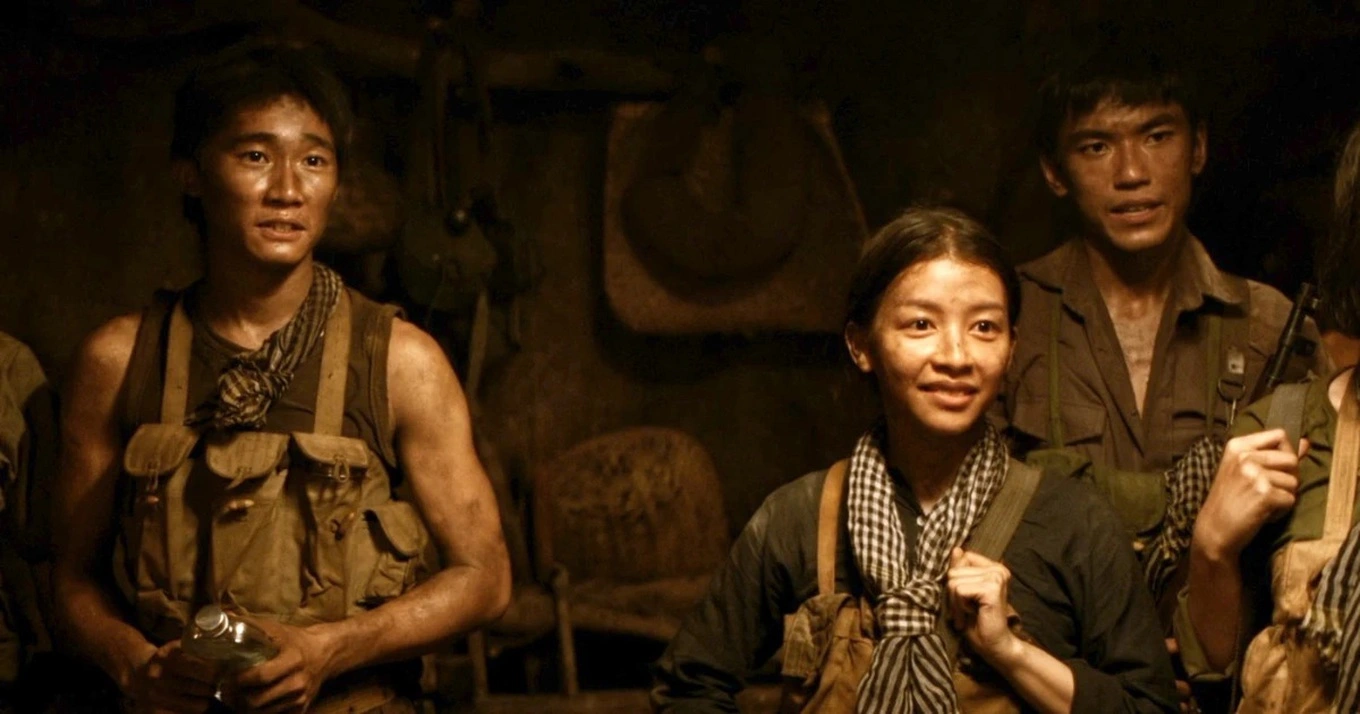
![[Photo] Promoting friendship, solidarity and cooperation between the armies and people of the two countries](https://vstatic.vietnam.vn/vietnam/resource/IMAGE/2025/4/17/0c4d087864f14092aed77252590b6bae)
![[Photo] National Assembly Chairman Tran Thanh Man meets with outstanding workers in the oil and gas industry](https://vstatic.vietnam.vn/vietnam/resource/IMAGE/2025/4/17/1d0de4026b75434ab34279624db7ee4a)
![[Photo] Welcoming ceremony for Chinese Defense Minister and delegation for friendship exchange](https://vstatic.vietnam.vn/vietnam/resource/IMAGE/2025/4/17/fadd533046594e5cacbb28de4c4d5655)
![[Photo] General Secretary To Lam receives French Ambassador to Vietnam Olivier Brochet](https://vstatic.vietnam.vn/vietnam/resource/IMAGE/2025/4/17/49224f0f12e84b66a73b17eb251f7278)
![[Photo] Closing of the 4th Summit of the Partnership for Green Growth and the Global Goals](https://vstatic.vietnam.vn/vietnam/resource/IMAGE/2025/4/17/c0a0df9852c84e58be0a8b939189c85a)
![[Photo] Nhan Dan Newspaper announces the project "Love Vietnam so much"](https://vstatic.vietnam.vn/vietnam/resource/IMAGE/2025/4/17/362f882012d3432783fc92fab1b3e980)
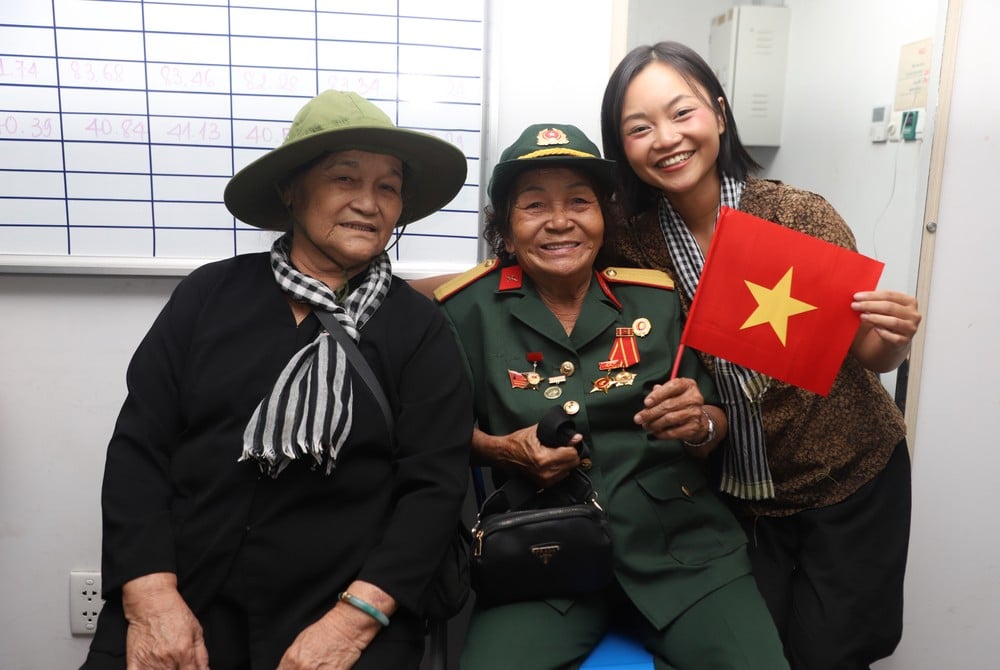

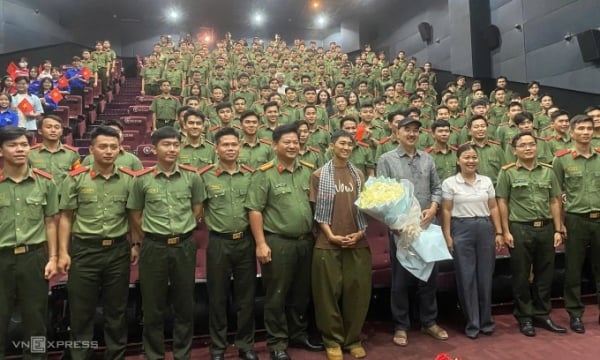



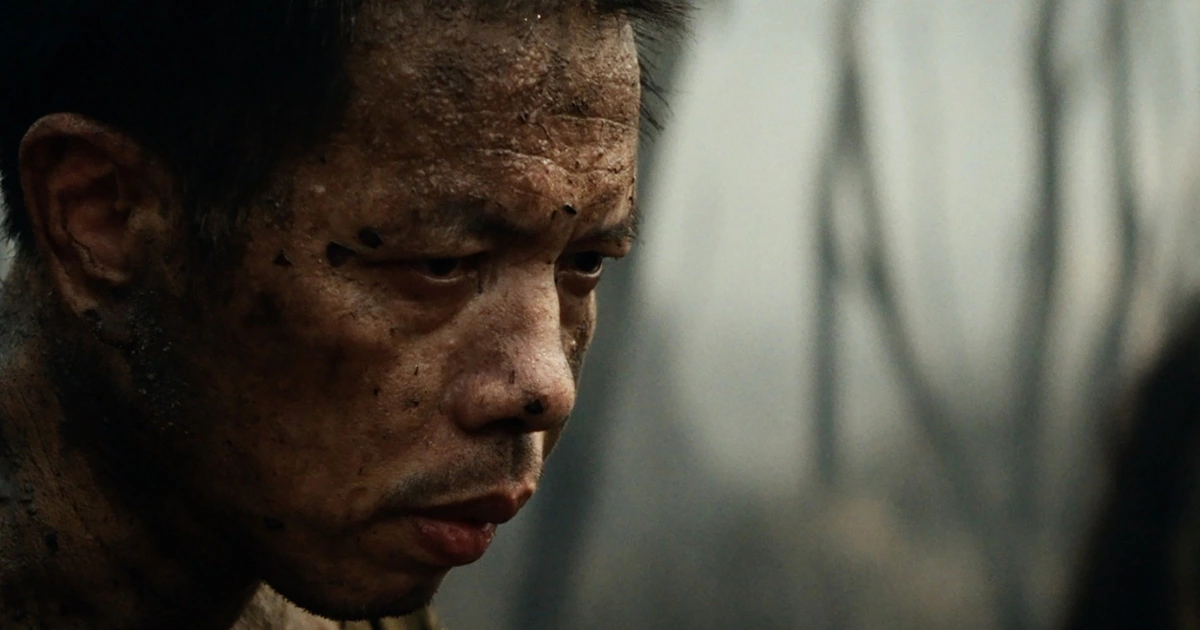


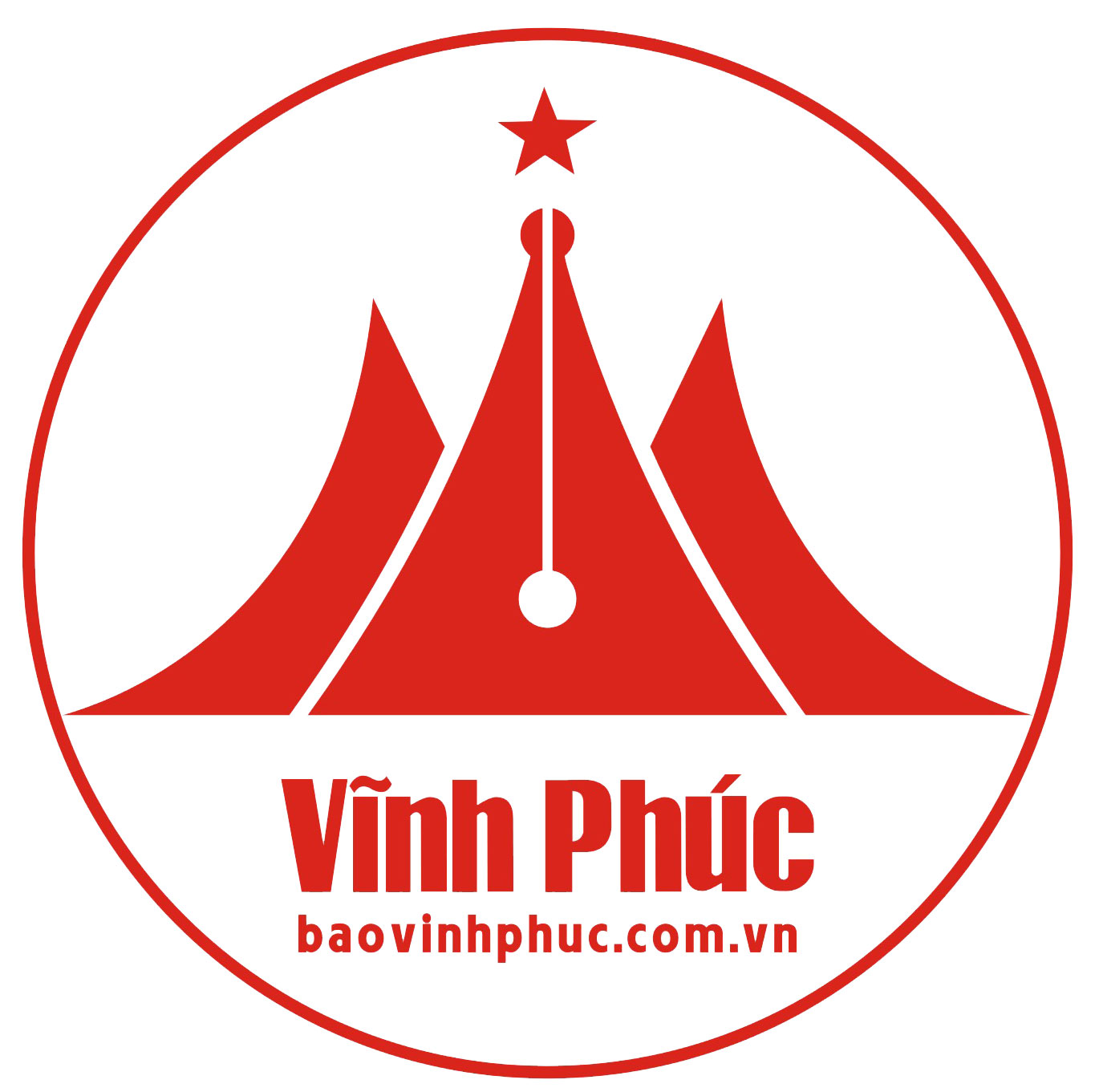
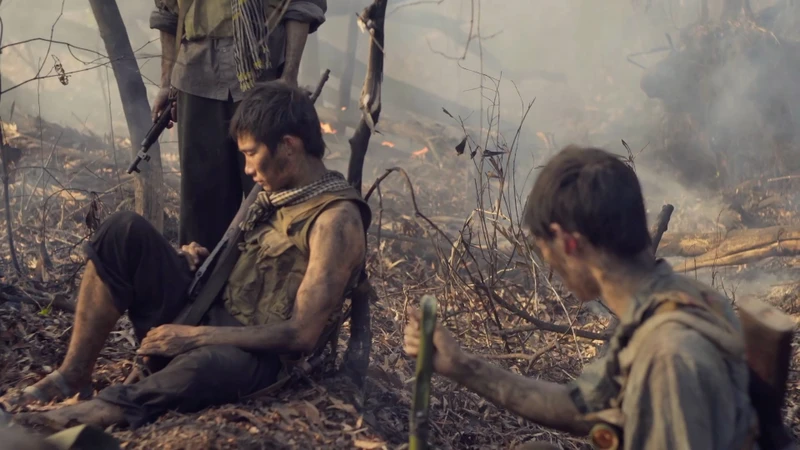
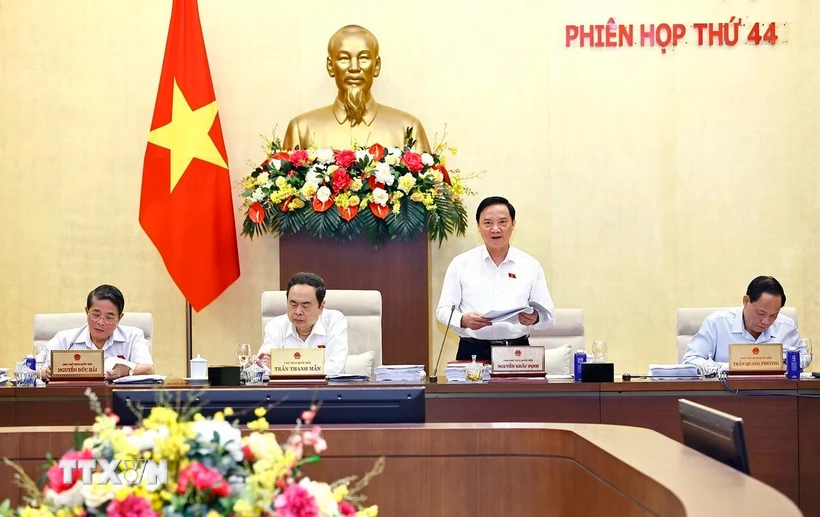
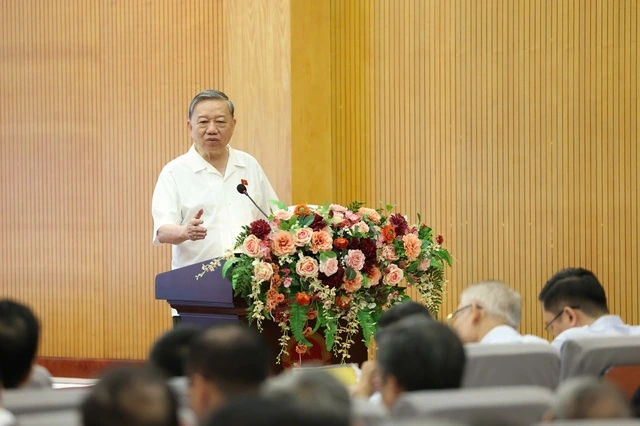
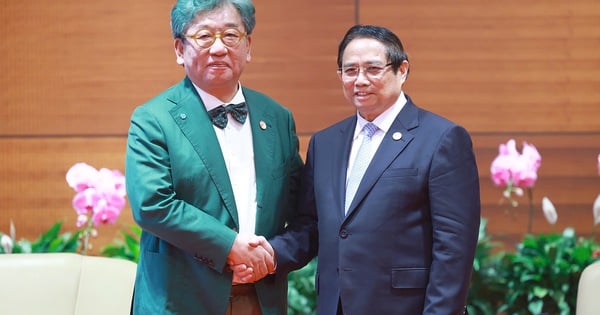
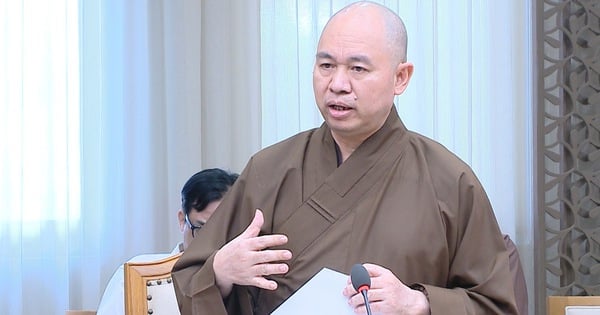
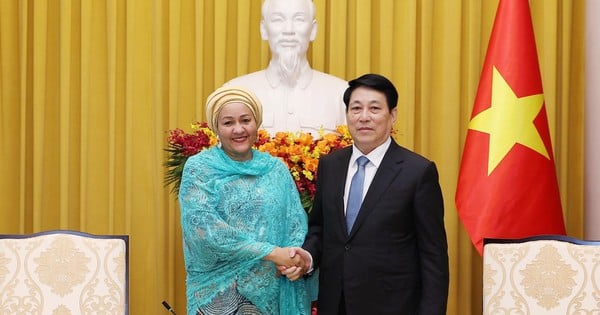
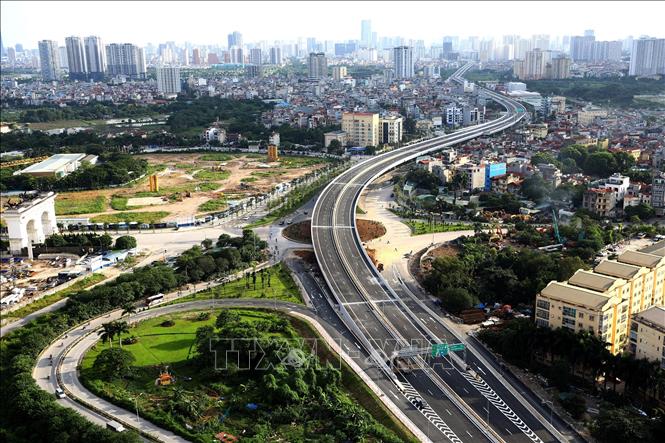




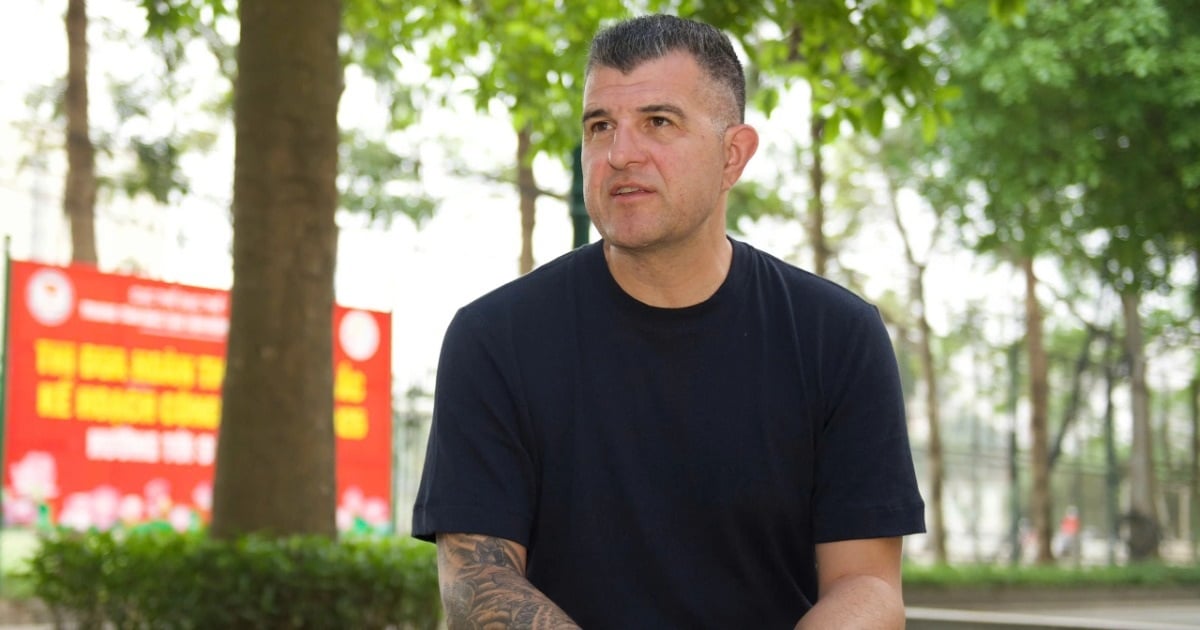

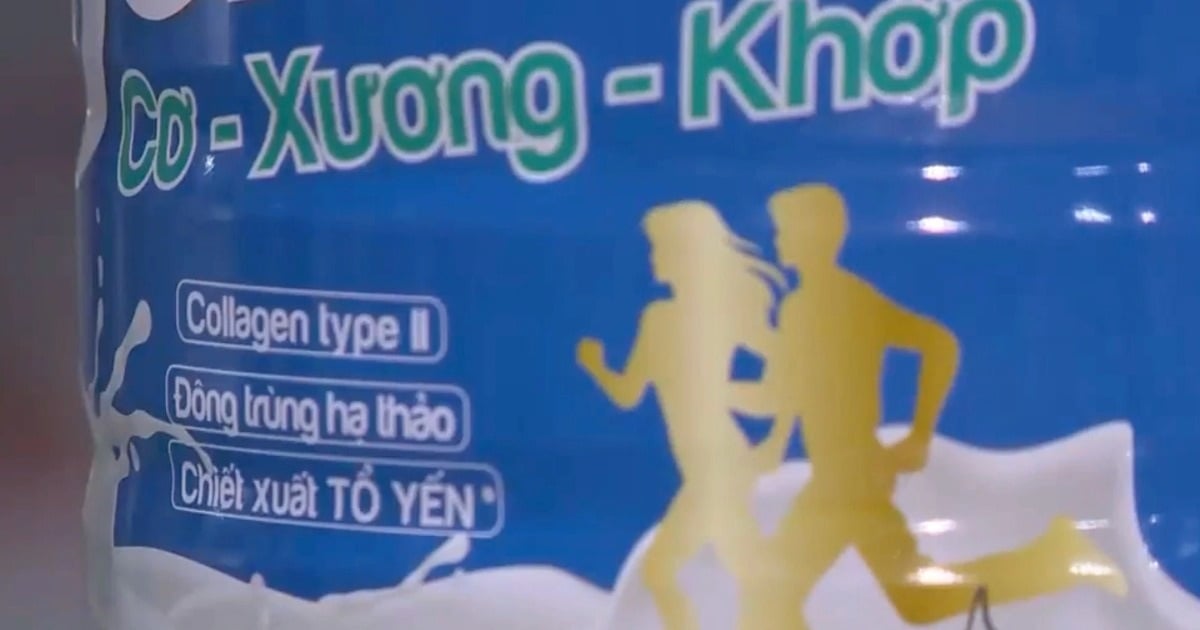
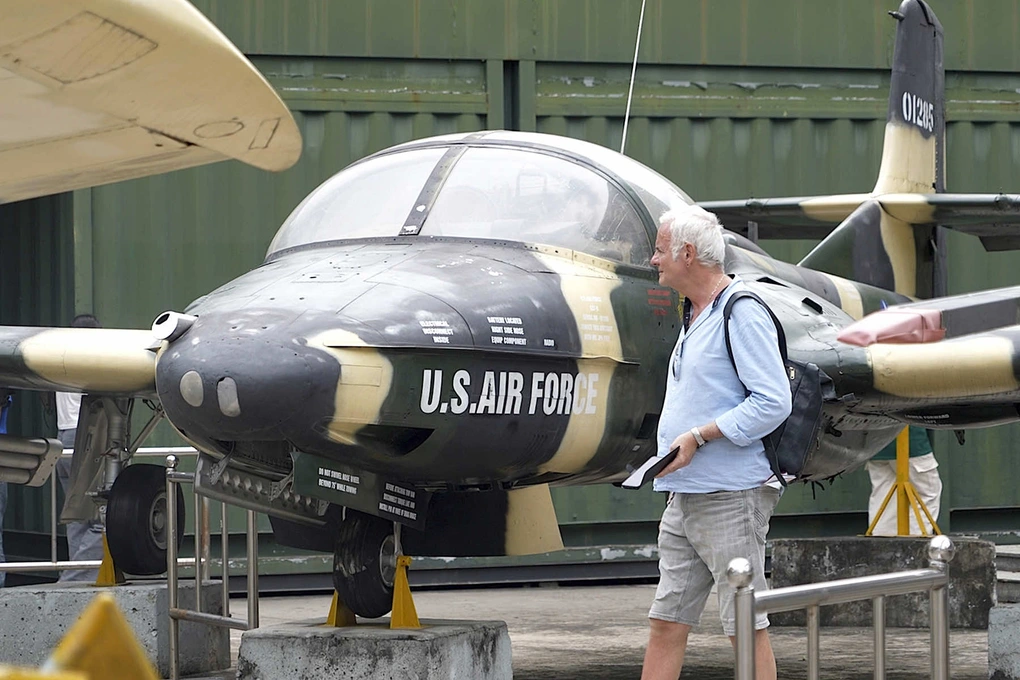


























![[Video] Viettel officially puts into operation the largest submarine optical cable line in Vietnam](https://vstatic.vietnam.vn/vietnam/resource/IMAGE/2025/4/17/f19008c6010c4a538cc422cb791ca0a1)


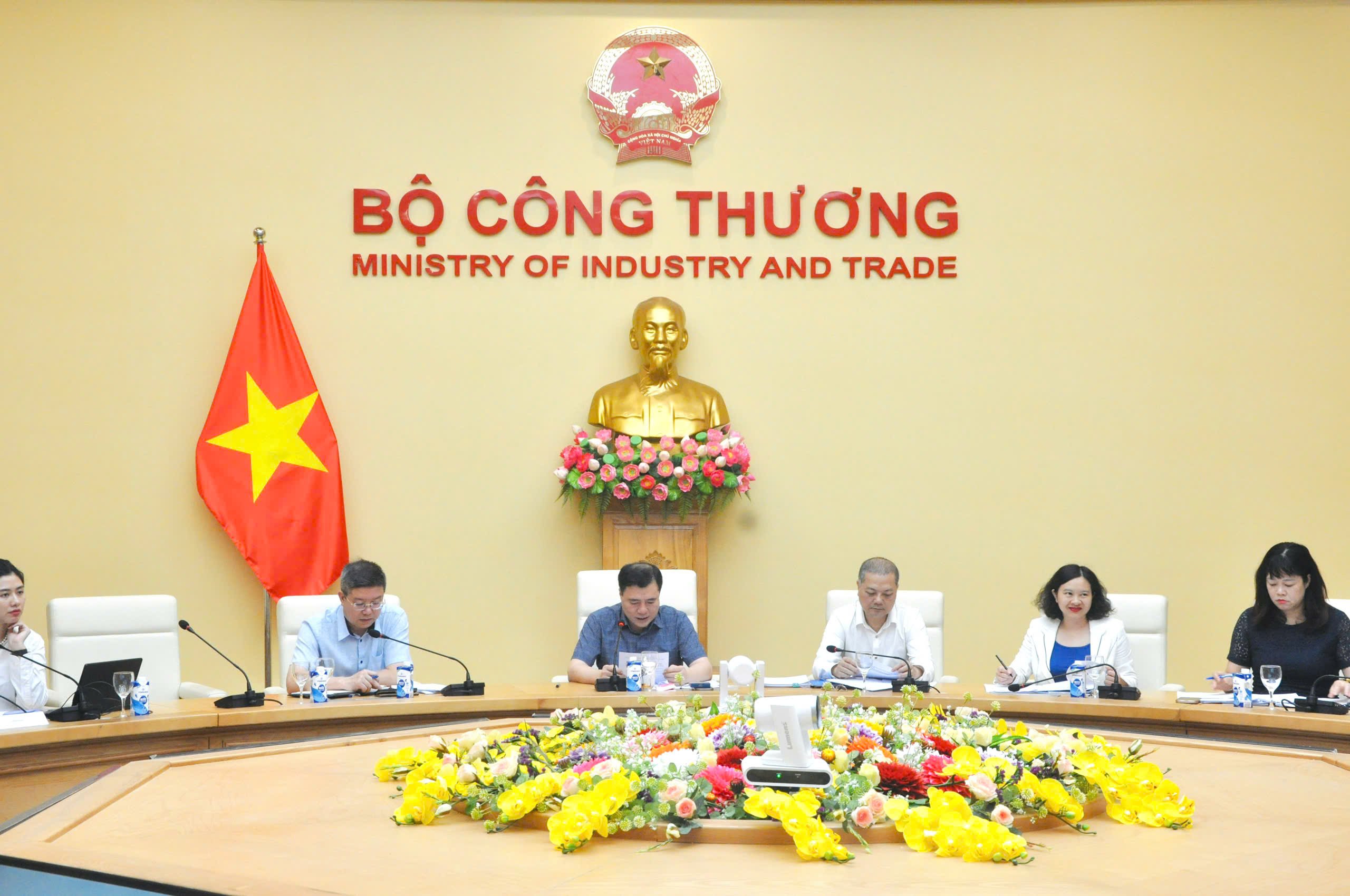



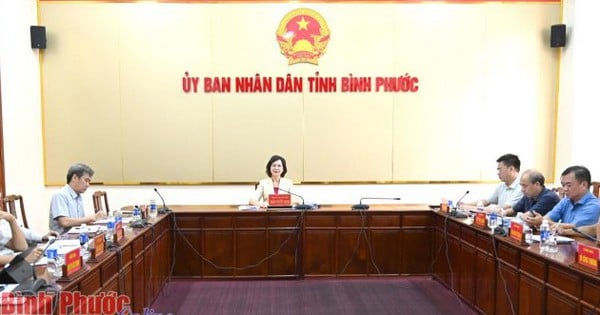

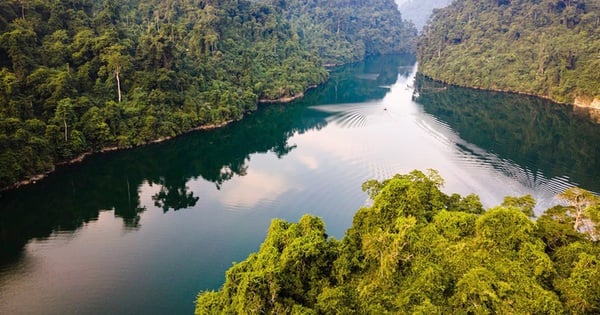
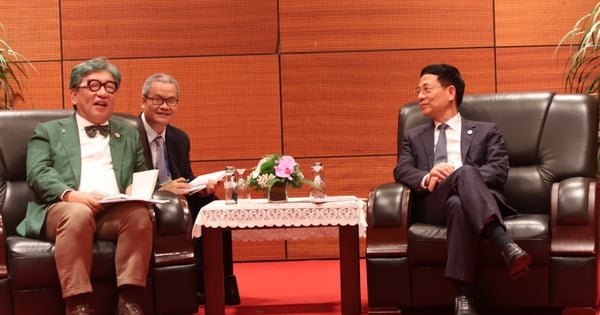
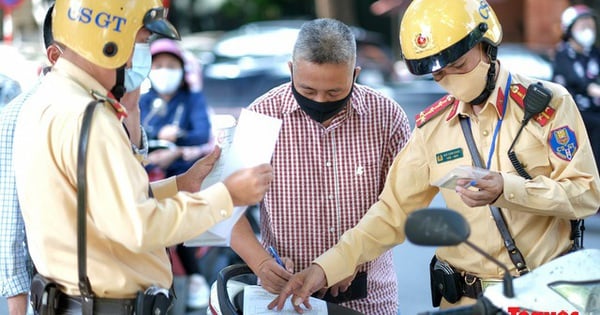
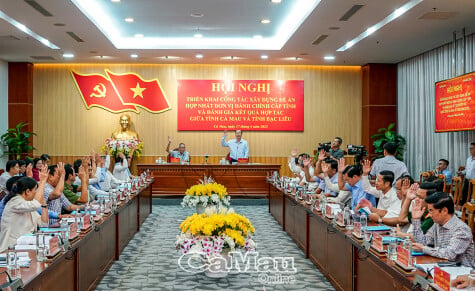


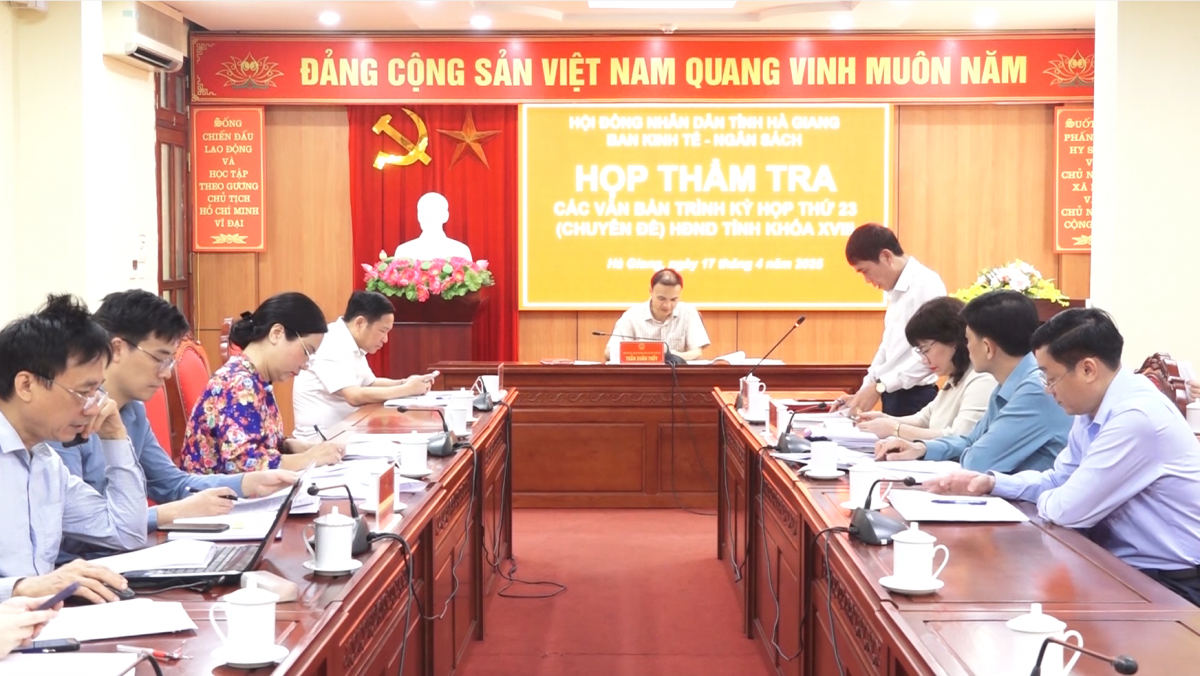
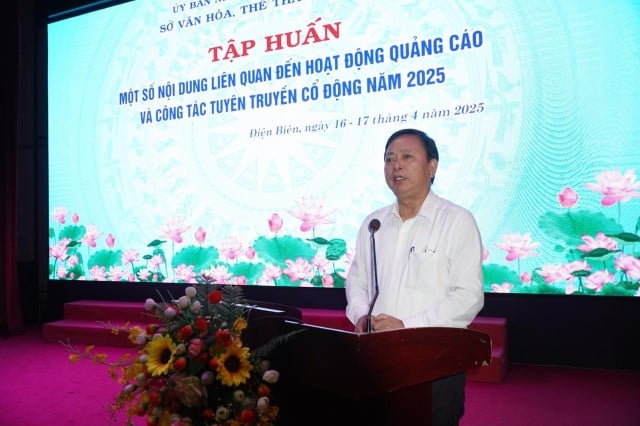
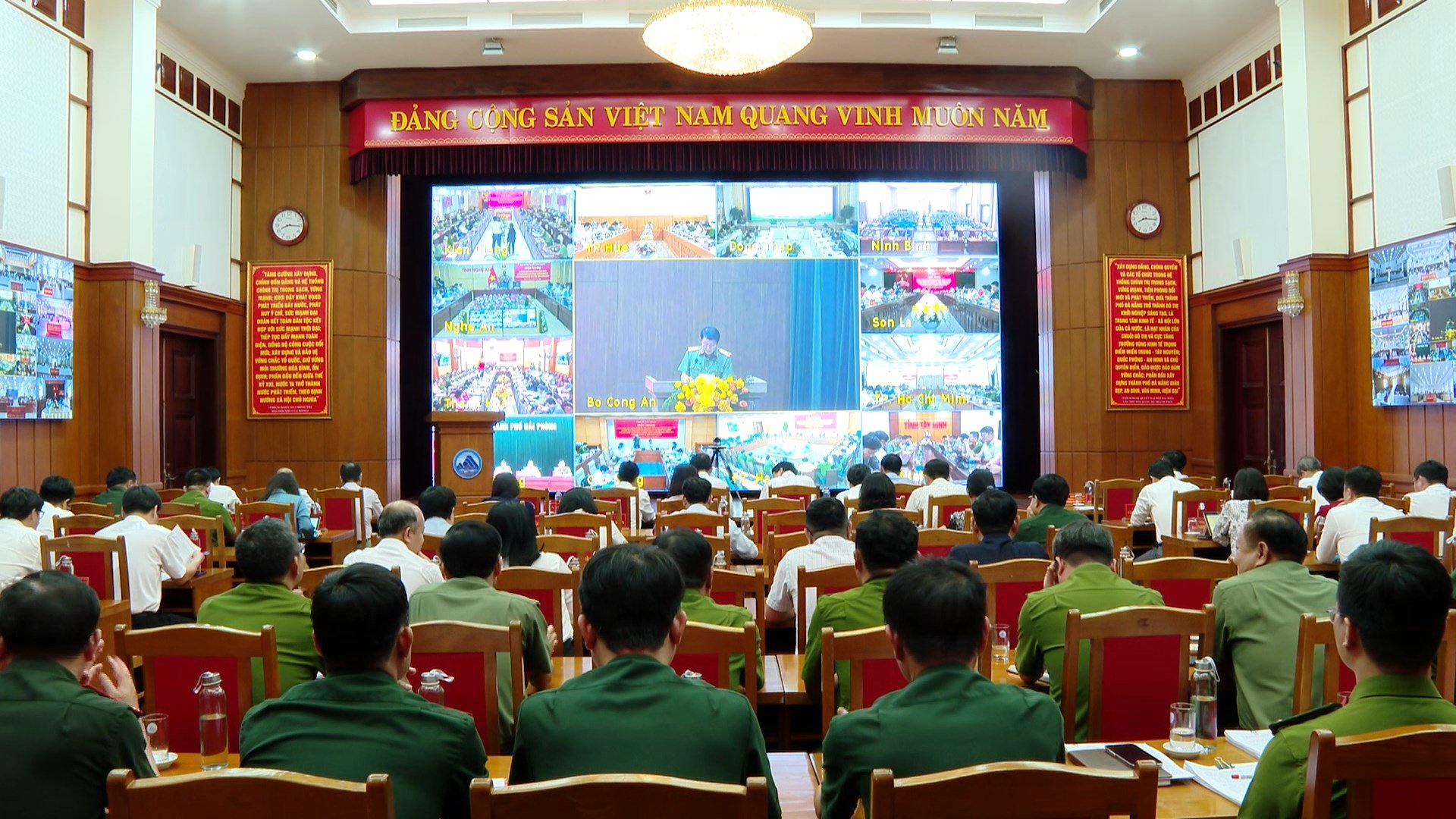











Comment (0)